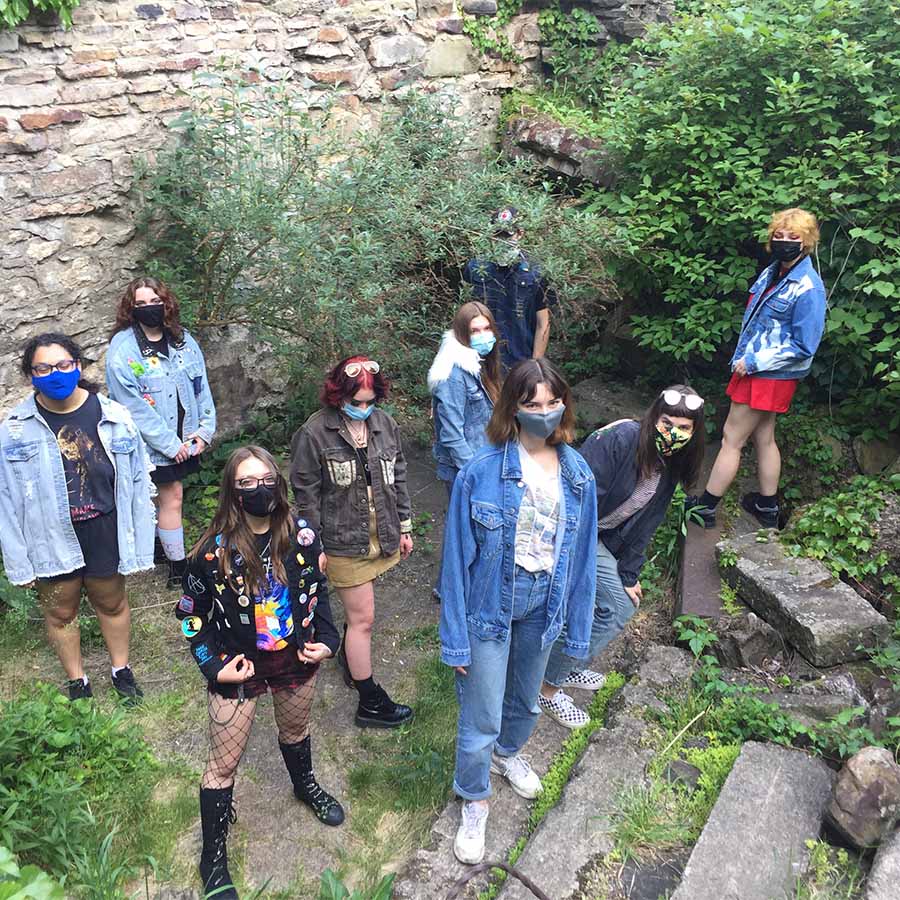This play is a reflection on the (im)possibility of accepting diversity and the other. The fragmented body of the neoplasm—the fruit of unstable conditions—overcomes barriers, loves and denies itself and others, wanders around, forgetting its profession. It frequently and with pleasure divides, goes through dangerous palpation, questions the possibility of contact with the experience of the other. Poorly brought up but very successful, it invites us to a trans-species transition.
Lorem ipsum dolor sit amet, consectetur adipiscing elit. Fusce at elit quis felis ullamcorper vehicula non in est. Maecenas finibus pharetra justo et faucibus. Nulla eu tortor vel ex volutpat efficitur. Vivamus placerat turpis in aliquet venenatis. Quisque ac lacinia mauris. Nam quis lobortis elit. Vestibulum sagittis nisi sit amet euismod hendrerit. Mauris non sodales odio. Donec efficitur molestie quam, sed lobortis massa vestibulum ut.
Nunc at arcu sodales nisi porta euismod non vel neque. Phasellus at lobortis ante, in suscipit justo. Proin non purus vitae nisi molestie consectetur. Vestibulum volutpat lobortis interdum. Vestibulum pretium ligula lorem, egestas ultricies lectus ultricies ac. Curabitur venenatis vulputate dolor.
Eight glass panels, two feet wide and eight feet high, were installed on a public plaza for a week in the winter. The interactive performance sculpture was composed of three elements: steam, sound, and poetry. As pedestrians walked by the eight upright glass panels, they interrupted photo-cell beams which triggered a succession of electronically composed sounds and activated jets of steam aimed at each panel. When the steam hit the glass, it revealed a series of poems by Emmett William sand-blasted into glass in block letters several inches high.
Sounds of barnyard animals, jungle roars, hissing, and whistles combined with traffic noises. At intervals, on each sheet of glass, the words slowly vanished, making way for the next burst of steam and more poetry.
Artist Statement
The elements of Steamshuffle Pittsburgh are present in most large cities: glass of modern curtain-wall buildings, steam from public utilities, sound from radios and the city itself, and language from signs and advertising. These elements are reconfigured to make a work of public art entirely responsive to its public participation.
Steamshuffle Pittsburgh is a place for self-expression: people walking, and running, some with skateboards, rollerskates, or bicycles, trigger this "responsive architecture," creating a spontaneous dance of lively interaction.
Exhibition
Christopher Janney attended Princeton University for a BA in Architecture and received an MS in Environmental Art from MIT. He also studied as a Jazz Musician. He is a visiting professor for the Cooper Union's Irwin Chanin School of Architecture and Pratt Institute. In 1980 he created PhenomenArts Inc.
Joan Brigham attended Pomona College for a BA in Art History. She obtained her MA in Art History from Harvard University. Joan Brigham's primary medium is the use of steam.






